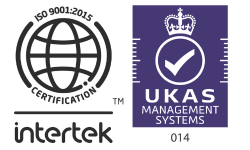With the end of the tax year just around the corner, it’s important to understand the things you need to do before the year ends.
We’ve put together 6 steps you should follow to ensure you have a smooth end to the tax year.
Step 1 – Look at when your payroll year ends
The payroll year ends on the 5th of April 2023, meaning all final reports should be submitted to HMRC by the 19th of April.
When sorting out the end of year processes, you also need to think about the new tax year. This means you need to provide all staff with their P60s no later than the 31st of May 2023.
To help you keep on top of key payroll dates for the 2023/24 tax year, you can read our small business checklist.
Our blog on payroll changes for the 2023/24 tax year may also be useful in helping you keep on top of any changes and dates within the next payroll year.
However, not everyone’s payroll year is 52 weeks. If your payroll year ends on week 53, 54 or even 56, you might need to complete additional payroll.
This will apply to you if your payroll does the following two things:
- Your payroll is processed weekly, two-weekly or four-weekly (this excludes monthly).
- Your payroll date falls on the 5th of April, or the 4th if it is a leap year.
Your payroll will end on different dates depending on how your payroll is processed. With this in mind payroll end dates for those whose payroll date is on the 5th of April are:
- 5th – 11th of April for those on weekly payroll (53 week payroll)
- 5th – 18th of April for those on two-weekly payroll (54 week payroll)
- 5th of April – 2nd of May for those on four-weekly payroll (56 week payroll)
If you fall within these dates, you should check to see if your payroll software automatically switches your employees to a one week tax code between those dates. If this tax code isn’t implemented then employees may pay too much tax.
Once the tax year ends you need to remove the one week code and replace it with the usual one you use for the rest of the year.
Step 2 – Make sure you have accounted for new starters or leavers
The end of the payroll year is a great opportunity to make sure new starters or leavers have been processed through the system. You want to make sure you do this before submitting your final report, as it’s not so easy to go back and fix things once you’re in the new payroll year.
You should use this time as an opportunity to tie up any loose ends and ensure everything is up to date.
Step 3 – Process your final pay run
In order to run your year end, you need to process your final pay run for the 2022/23 tax year. This means you’ll need to send your FPS (Full Payment Submission), and if applicable an EPS (Employer Payment Summary) by the 19th of April 2023.
You will also need to submit your P32 to HMRC as well. Furthermore, you want to avoid submitting any mistakes, as any adjustments required after the 19th of April will mean you need to submit additional FPSs or EPSs.
Step 4 – Process your year end
To process your year end you will need to submit your final EPS to HMRC. This EPS is different to the ones you submit on a monthly or quarterly basis, as they will include your end of year declarations and if relevant, the date you ceased trading.
Once you’ve processed your end of year you can produce and distribute your P60s.
Step 5 – Process your P60s
All staff still employed by you on the 5th of April will need to receive P60s by the 31st of May. This also includes staff that are now on payroll due to Intermediaries Legislation (IR35).
P60s give employees a summary or their pay and deductions for the previous tax year. Your payroll software should be able to create and share P60s for you, in the same way they share payslips.
Step 6 – Check the P9X document
The P9X document is published by HMRC and it explains what tax codes employers need to change or carry forward on the 6th of April. Your payroll software usually holds this information as well, but the P9X document is the best place to look for accurate and up-to-date data.
You will also need to check whether student or postgraduate loans apply to any employees for the following tax year.
Once you’ve completed all of the steps above you should be ready to start your next payroll year.
Key end of year dates you should know
- 5th of April – The 2022/23 tax year ends.
- Before the 6th of April – You need to update employee records.
- 6th of April – The new tax year begins.
- 19th of April – Is the deadline for the final submission of the 2022/23 tax year.
- 22nd of April – The deadline for month 12 PAYE.
- 31st of May – All employees should have their P60 by this date.
- 6th of July – All expenses and benefits need to be reported and the deadline to submit P11D and P11D(b) forms are due.
- 22nd of July – Payment of class 1A National Insurance contributions on benefits in kind must be with HMRC. However if you don’t use digital systems to do this, you must submit these by 19th of July.
Get in touch with Payescape today to see how we can make your payroll processes easier for you.











